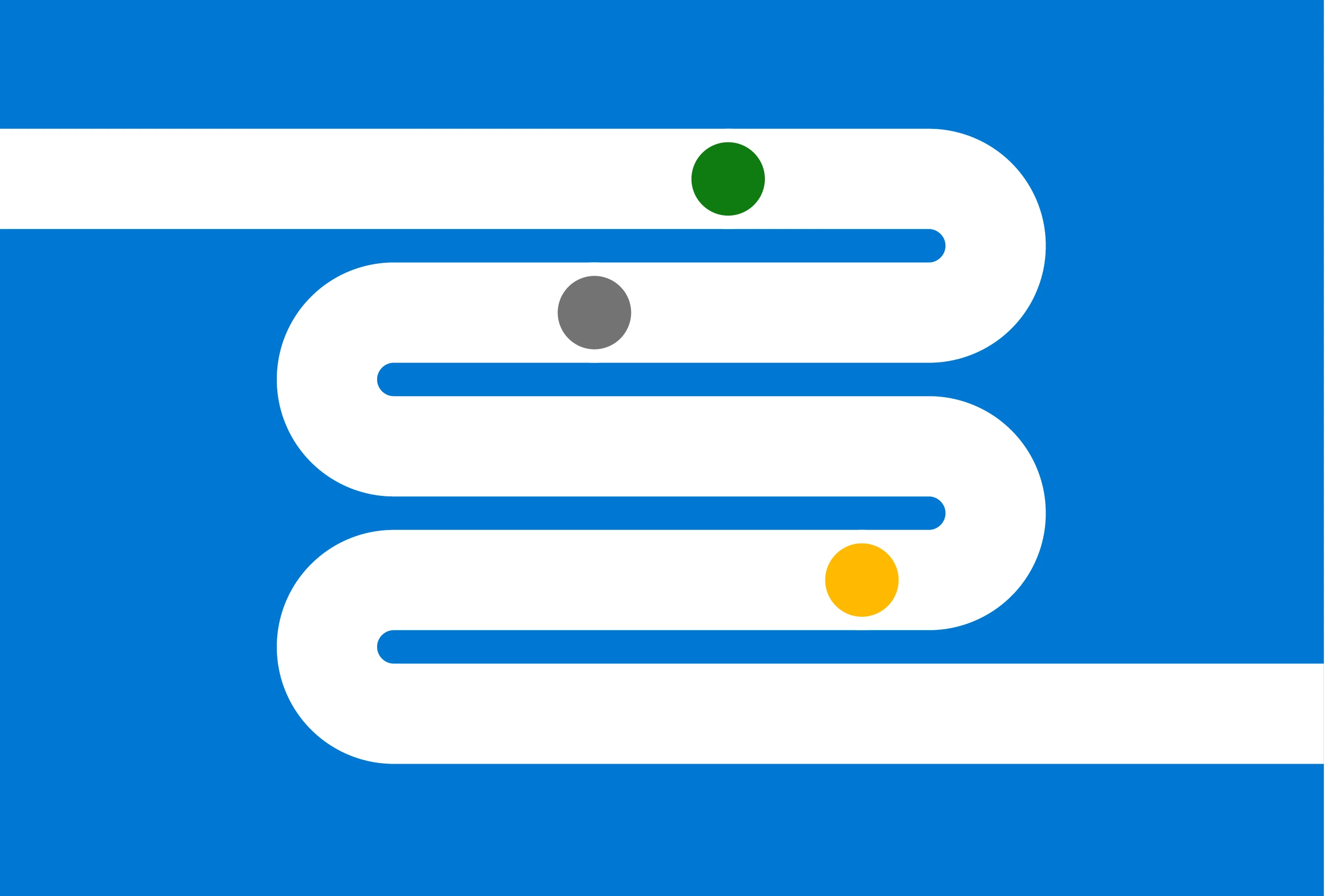


Threat actors
Microsoft actively discovers and tracks threat actors across observed state-sponsored, ransomware, and criminal activities. Get insights from the 60 nation-state actors, 50 ransomware groups, and hundreds of other attackers we’ve tracked.
Refine results
Topic
Products and services
Publish date
-
 LemonDuck is an actively updated and robust malware primarily known for its botnet and cryptocurrency mining objectives.
LemonDuck is an actively updated and robust malware primarily known for its botnet and cryptocurrency mining objectives. -

Combing through the fuzz: Using fuzzy hashing and deep learning to counter malware detection evasion techniques
A new approach for malware classification combines deep learning with fuzzy hashing. -

Microsoft discovers threat actor targeting SolarWinds Serv-U software with 0-day exploit
Microsoft has detected a 0-day remote code execution exploit being used to attack SolarWinds Serv-U FTP software in limited and targeted attacks. -

Automating threat actor tracking: Understanding attacker behavior for intelligence and contextual alerting
A probabilistic graphical modeling framework used by Microsoft 365 Defender research and intelligence teams for threat actor tracking enables us to quickly predict the likely threat group responsible for an attack, as well as the likely next attack stages. -

New Security Signals study shows firmware attacks on the rise; here’s how Microsoft is working to help eliminate this entire class of threats
The March 2021 Security Signals report showed that more than 80% of enterprises have experienced at least one firmware attack in the past two years, but only 29% of security budgets are allocated to protect firmware. -

GoldMax, GoldFinder, and Sibot: Analyzing NOBELIUM’s layered persistence
Microsoft has identified three new pieces of malware being used in late-stage activity by NOBELIUM – the actor behind the SolarWinds attacks, SUNBURST, and TEARDROP. -

XLM + AMSI: New runtime defense against Excel 4.0 macro malware
We have recently expanded the integration of Antimalware Scan Interface (AMSI) with Office 365 to include the runtime scanning of Excel 4. -

Microsoft open sources CodeQL queries used to hunt for Solorigate activity
We are sharing the CodeQL queries that we used to analyze our source code at scale and rule out the presence of the code-level indicators of compromise (IoCs) and coding patterns associated with Solorigate so that other organizations may perform a similar analysis. -

What tracking an attacker email infrastructure tells us about persistent cybercriminal operations
Sweeping research into massive attacker infrastructures, as well as our real-time monitoring of malware campaigns and attacker activity, directly inform Microsoft security solutions, allowing us to build or improve protections that block malware campaigns and other email threats, both current and future, as well as provide enterprises with the tools for investigating and responding to email campaigns in real-time. -

ZINC attacks against security researchers
In recent months, Microsoft has detected cyberattacks targeting security researchers by an actor we track as ZINC. -

EDR in block mode stops IcedID cold
Endpoint detection and response (EDR) in block mode in Microsoft Defender for Endpoint turns EDR detections into real-time blocking of threats.






